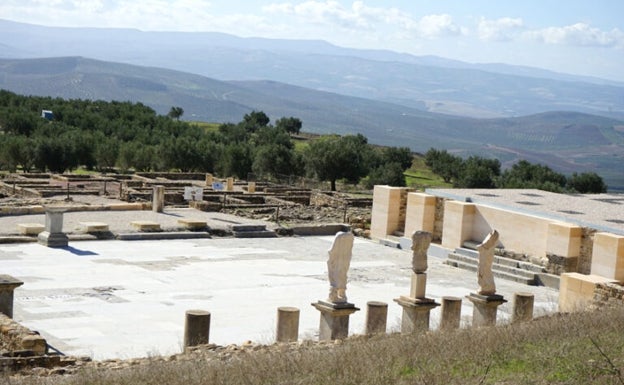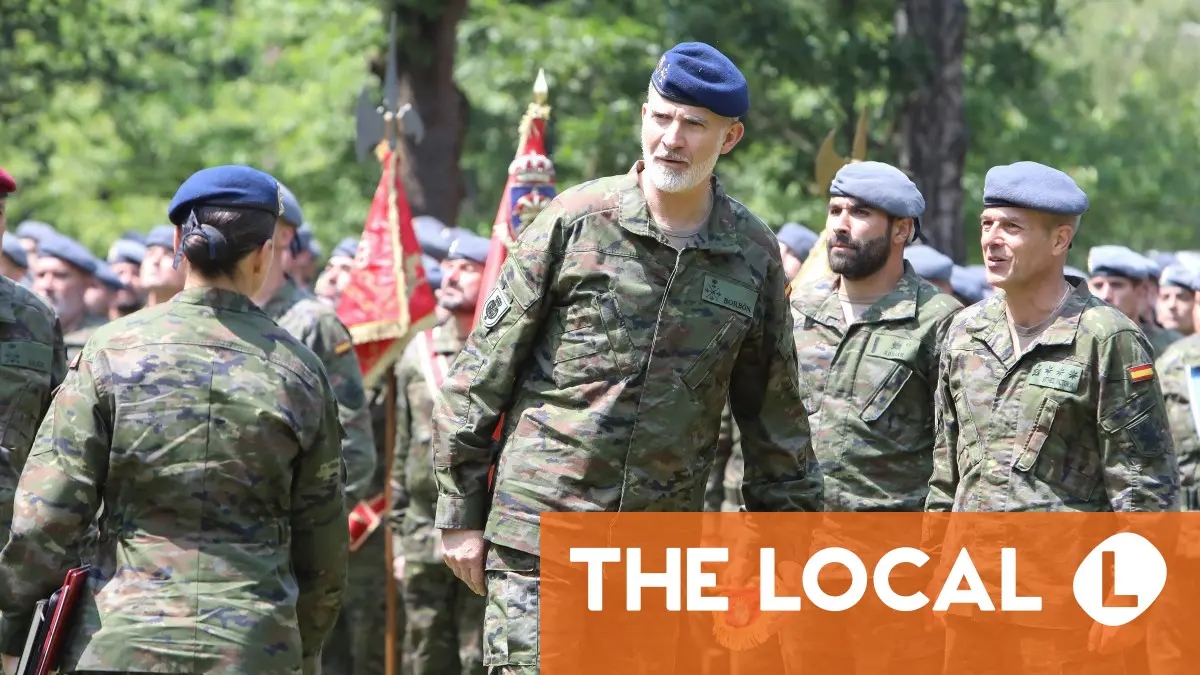It's not Italica: this is the other Roman city in Andalusia that is in perfect condition.

Between the Cordoba towns of Castro del Río and Baena lies an archaeological park, a must-see for those interested in discovering the traces of ancient civilizations. Torreparedones is the name of this site, one of the most interesting archaeological sites in the region and declared a Site of Cultural Interest (an Andalusian network of cultural spaces).
Its strategic location, at a very high altitude, has meant that the site has been occupied by humans since ancient times. Thus, it has been proven that for 3,500 years, from the Copper Age to the Late Middle Ages, various peoples passed through here and left their mark with material remains such as pottery, glass, stone, and metal. Since the 6th century BC , it has been surrounded by a large wall, reinforced with towers projecting inward.
Among the parts of this city, a sanctuary has been located outside the walls and was used between the 3rd and 2nd centuries BC. The cult image, dedicated to the goddess Caelestis, did not have a human form but was a column crowned by a foliate capital.
Most of the votive offerings found belong to pregnant women, who are believed to have visited the sanctuary to pray for fertility, a successful pregnancy, and childbirth.
 Torreparedones site
Baena City Council
Torreparedones site
Baena City Council
Following the Roman conquest, the old Iberian oppidum merged with the new Roman city, and evidence of construction during the Roman Republic has been found thanks to the discovery of Campanian pottery from the period throughout the site.
The various excavations carried out have uncovered major Roman monuments, such as the forum , measuring approximately 528 square meters; three Roman baths; a macellum ( market ), one of the few examples preserved on the Iberian Peninsula; and a temple dedicated to the imperial cult, among others.
Also preserved are remains of a Roman amphitheater , a necropolis, and the 'Baker's House', the first Roman domus to be fully excavated in the archaeological park.
The medieval Torreparedones Castle is also part of this site. There is evidence of Muslim presence in Torreparedones from the Caliphate of Cordoba (10th century) until at least the 12th century, as evidenced by the ceramics and numismatics found, as well as some wall structures. After the Christian conquest in the mid-13th century, it began to be known as " Castro el Viejo" . Also worth noting is the Hermitage of the Virgins , dedicated to the martyrs Alodia and Nunilo, built in the 16th century on Roman baths.
This site can be visited every day except Tuesdays from 10:00 a.m. to 2:00 p.m.
 Torreparedones Archaeological Park
Baena City Council
Torreparedones Archaeological Park
Baena City Council
ABC.es




